Carlo Ratti-curated Venice Biennale nurtures multidisciplinary teams fusing design, creativity, and technology to create innovative pieces of exhibits. ‘Duality of Skin and Core’, displayed in this event, is a piece where architecture, technology, and creativity come together. Duality of Skin and Core is a colorful 3d printed modular column showcased in the Marinaressa Gardens as a part of the Time, Space, Existence exhibition of the Venice Biennale 2025 organized by the European Cultural Centre.
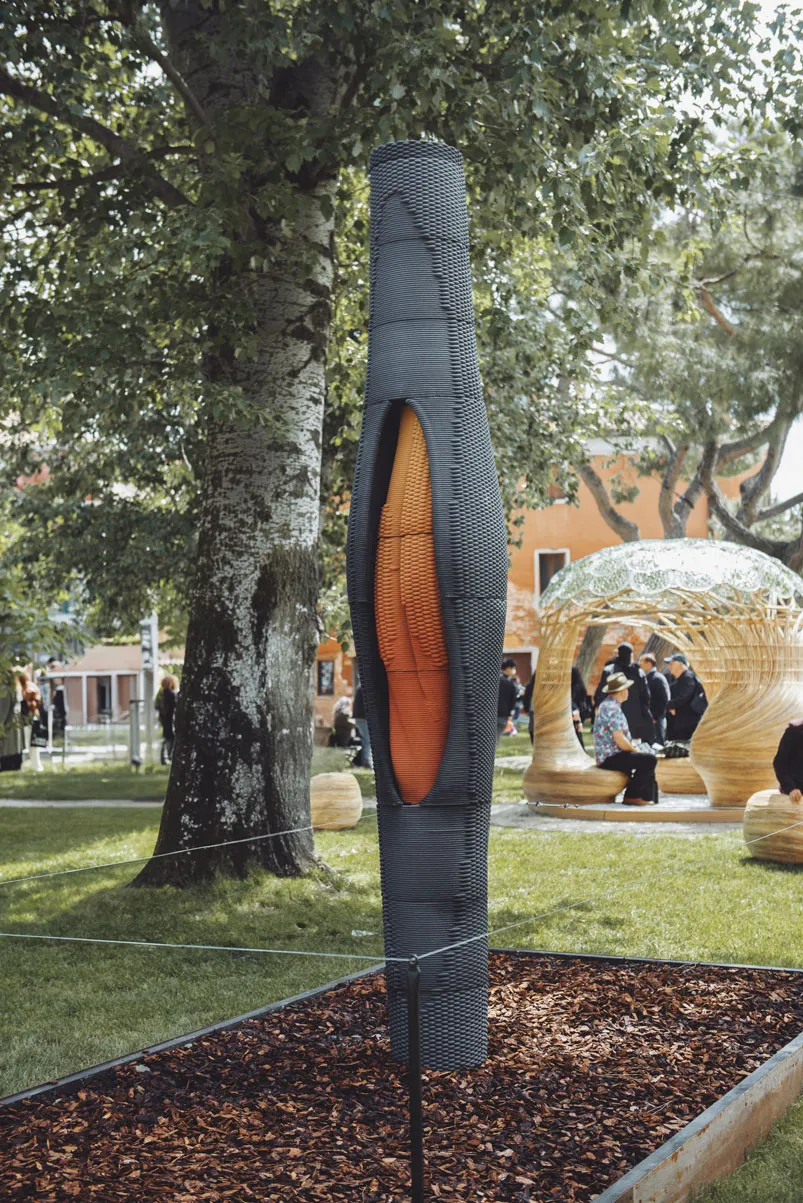
Designed by Assistant Professor Cristina Nan of the Eindhoven University of Technology and Architect Mattia Zucco specializing in computational design and robotic fabrication, ‘Duality of Skin and Core’ assumes a modern take on the design and construction of columns, leveraging the latest technological inventions and challenging the very understanding of columns and it’s anatomy.
Duality is a unique architectural proto-structure that comes as an extension of the Computational Concrete Columns-Series developed by the duo. The duo sought the assistance of Vertico, a Dutch company mastering large-scale 3d printing, and Lanxess, a German company specializing in chemicals and pigments to give life to this structure. While Vertico has taken the responsibility of 3d printing the Column, Lanxess has addressed the supply of the required materials and pigments.
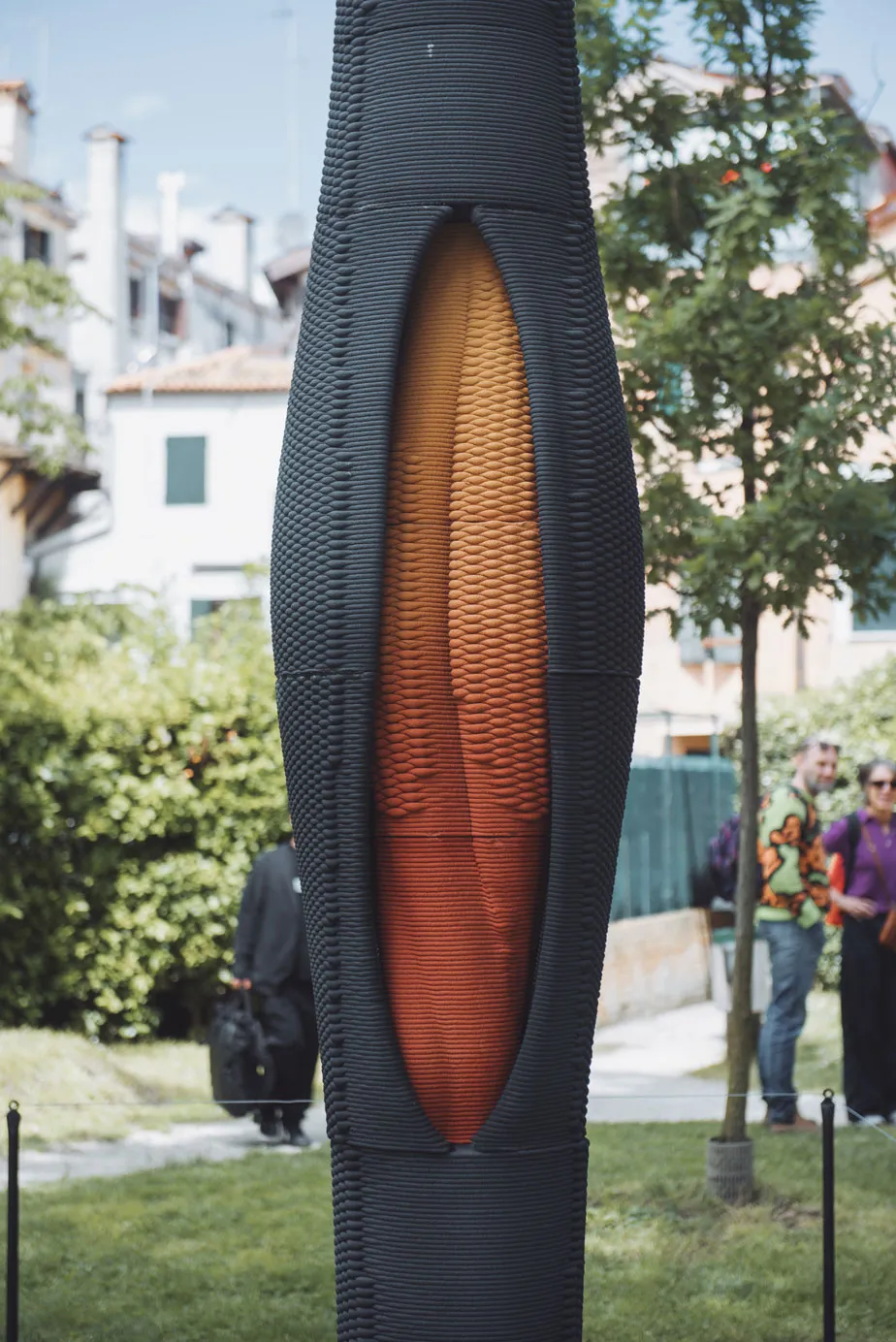
Moving away from conventional design of columns with hidden structure and an aesthetic covering, the team has exposed the infill or the core partially by creating a slit in the outer covering or the skin. Deriving it’s name ‘Duality of Skin and Core’, from this idea, it signifies and highlights the underlying innovativeness of the design.
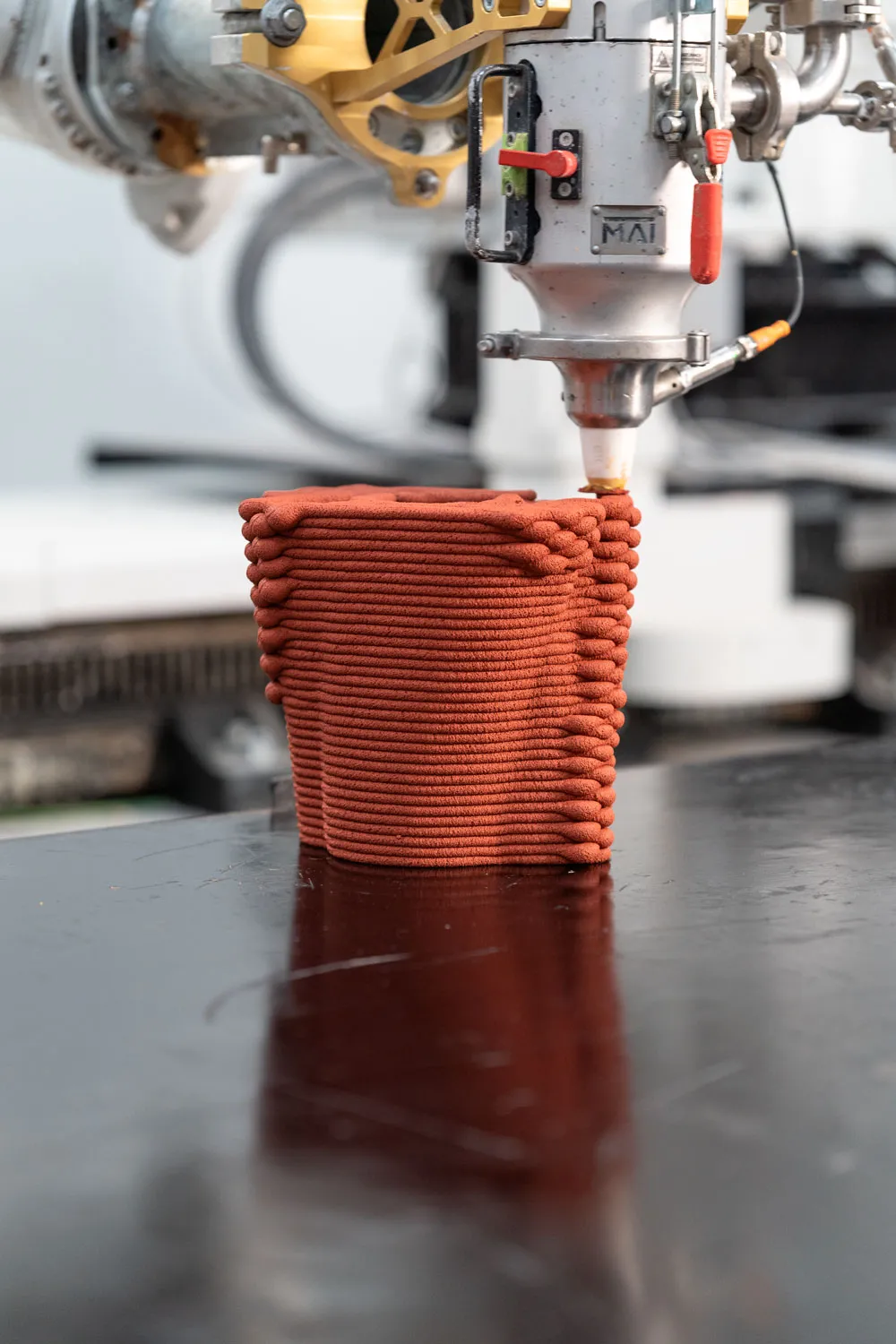
Further, this idea is emphasized through the contrasting colors in the structure. The core is rendered in a gradient orange-red tone while the outer skin is left grey.
Lanxess supplying the polychromatic pigments has played a significant role in highlighting the underlying concept. By rendering the core in a bright color, the team desires to underline the aesthetic capability buried in the structural component of the columns.
Usually, 3d printing gives about monolithic concrete structures, but the multidisciplinary team of Assistant Professor Cristina Nan, Architect Mattia Zucco, Vertico, and Lanxess have challenge this core idea and developed ‘Duality’ into a modular column.
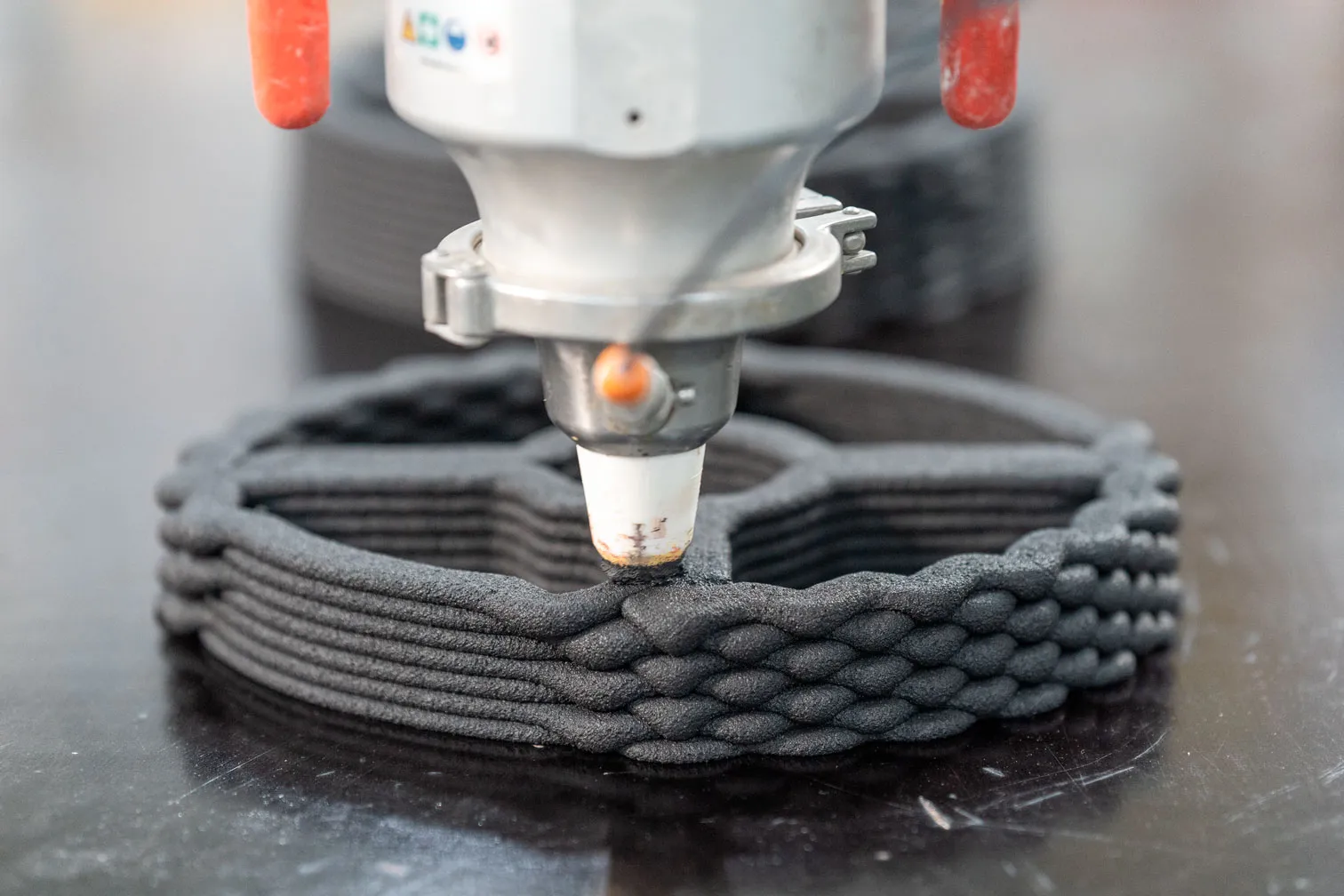
Inspired by the modular ancient Greek and Roman columns made by stacking drums, the team of Assistant Professor Cristina Nan, Architect Mattia Zucco, Vertico, and Lanxess crafted the Duality column as a modular, reconfigurable, transportable, and system-based element. This allows for easy transportation, relocation, disassembly, and assembly, increasing flexibility and reducing construction waste.
If you want to design aesthetic 3d printed structures like Duality of Skin and Core, you can attend workshops at PAACADEMY to learn from the industry’s best experts how to use advanced parametric design tools, AI in design workflows, and computational design in architecture!
Duality of Skin and Core redefines the conventional understanding of columns, pushes the known limits of 3d printing, explores the aesthetic dimension of columns and 3d printing, and promises a bright future of such sustainable additive manufacturing techniques.
The 3D-printed Duality of Skin and Core in Marinaressa Gardens, Venice is open to public from 10 May to 23 November, 2025. If you get a chance do visit the Venice Biennale 2025, and let us know your favorite installation in the Marinaressa Gardens.
Duality of Skin and Core in Venice Biennale 2025 Project Details
Name: Duality of Skin and Core
Project: 3d Printed Modular Column
Design & Research: Assistant Professor Cristina Nan & Architect Mattia Zucco
3D Printing: Vertico
Material & Pigment Partner: Lanxess
Support: Nikias Vanyi ASI



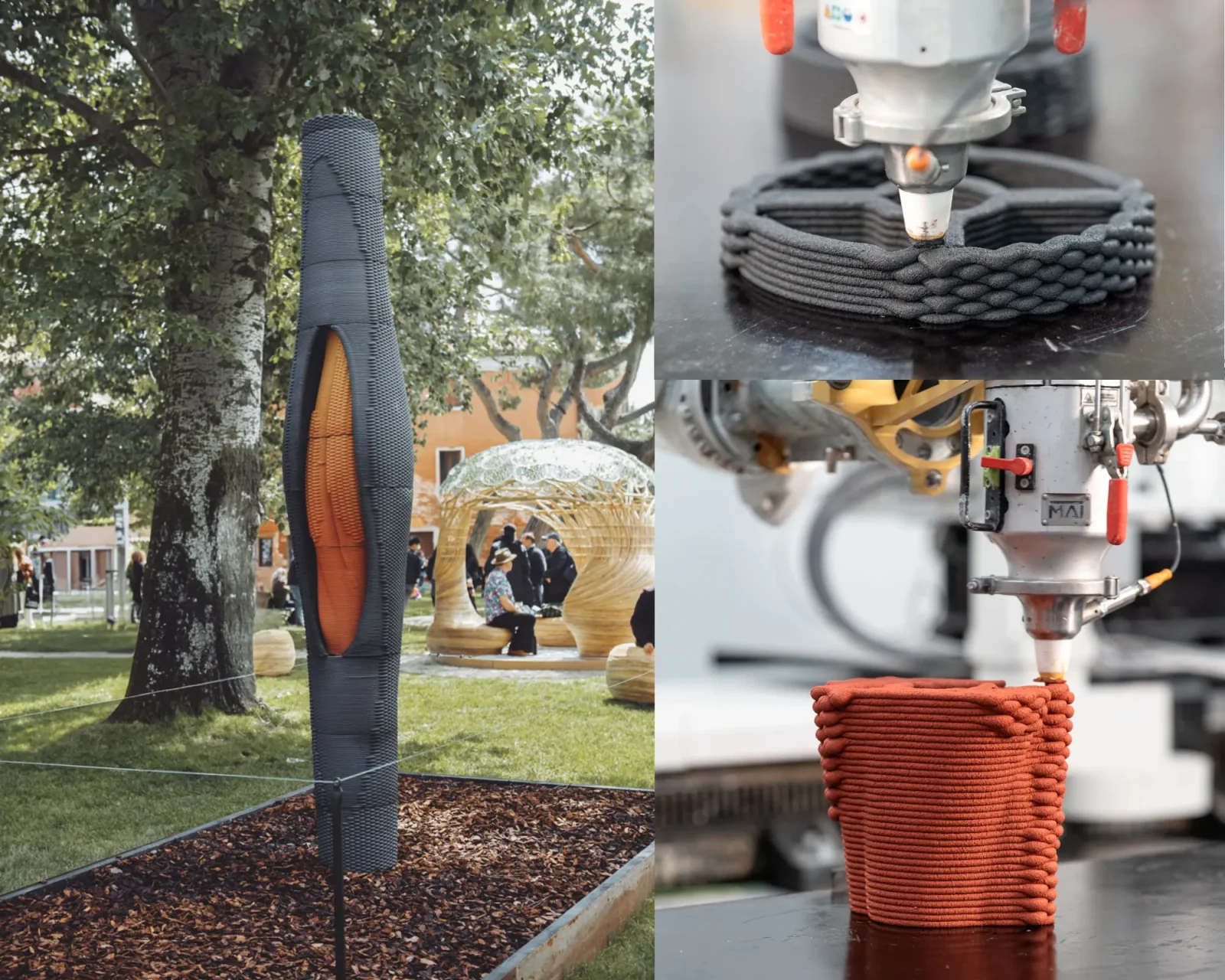














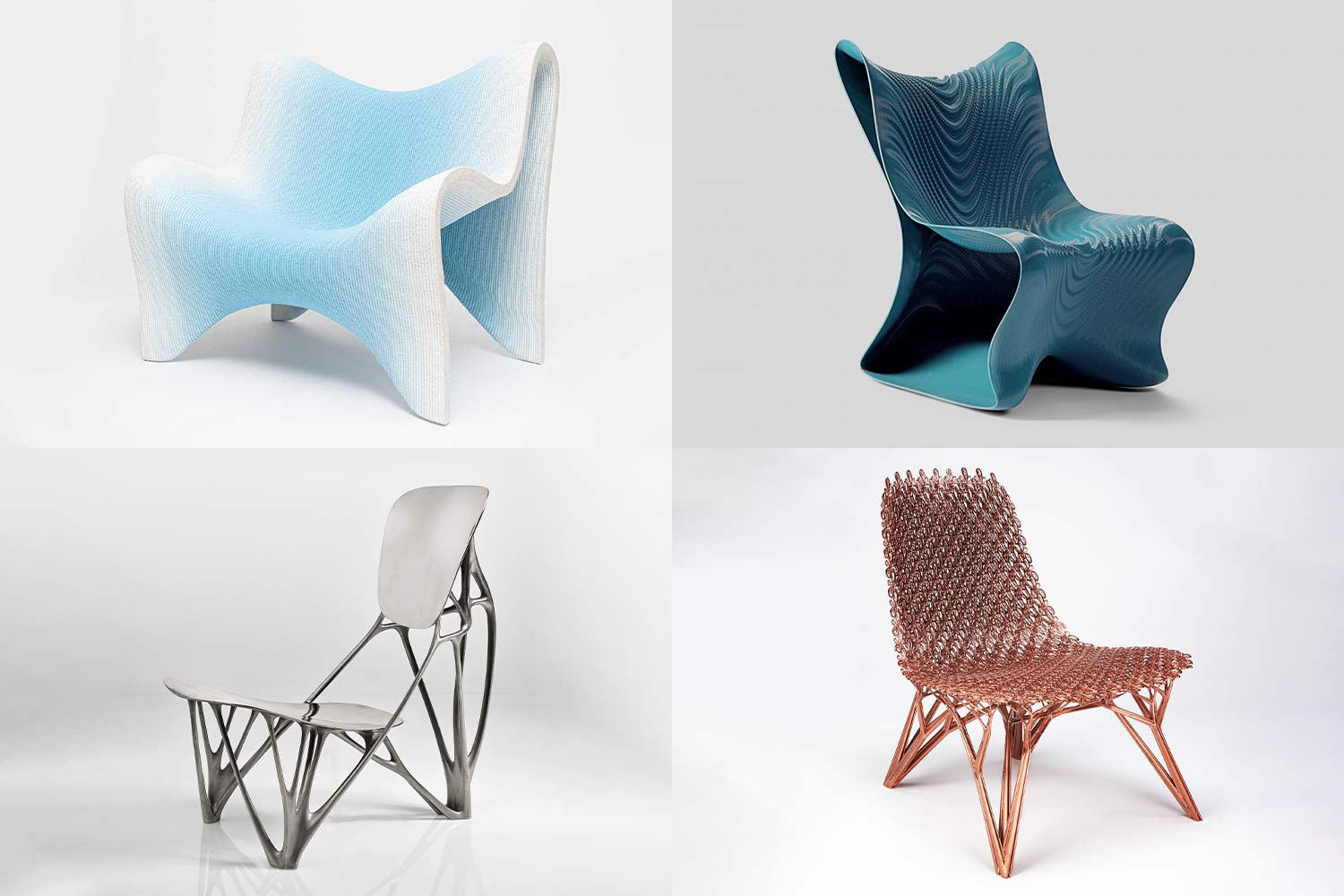




Leave a comment